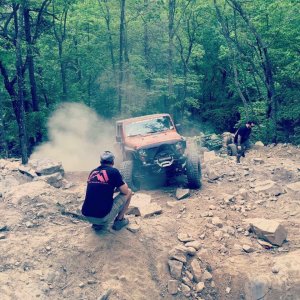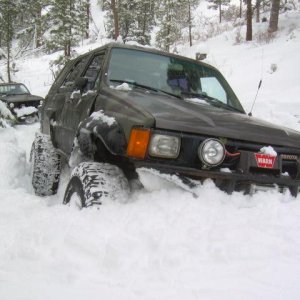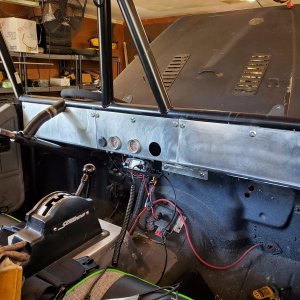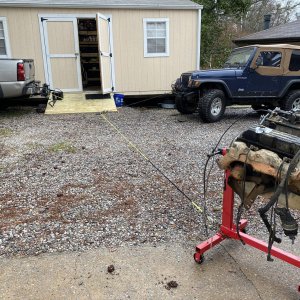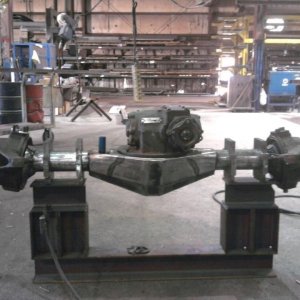Jeff Furrier said:- Think about how loose your belts are after the first hit because you compress 3 or 4 inches?
-Seat belt set up is the cause of a large percentage of injuries. Today I bet 80 percent of the off road racecars are set up wrong..if not more. You have no chance of a proper set up in most suspension seats because the belts bind as they go through the seats so they are never tight.
on these 2 points.
- Is 3 or 4 inches a real number or are you just using it for an example? That seams like a lot. that's enough for the shoulder harnesses to come off.
- I've seen some scary seat belt angles and have not doubt injury's result. I don't know about the binding, but I do know they can be very tight, so, your never tight comment isn't accurate.



